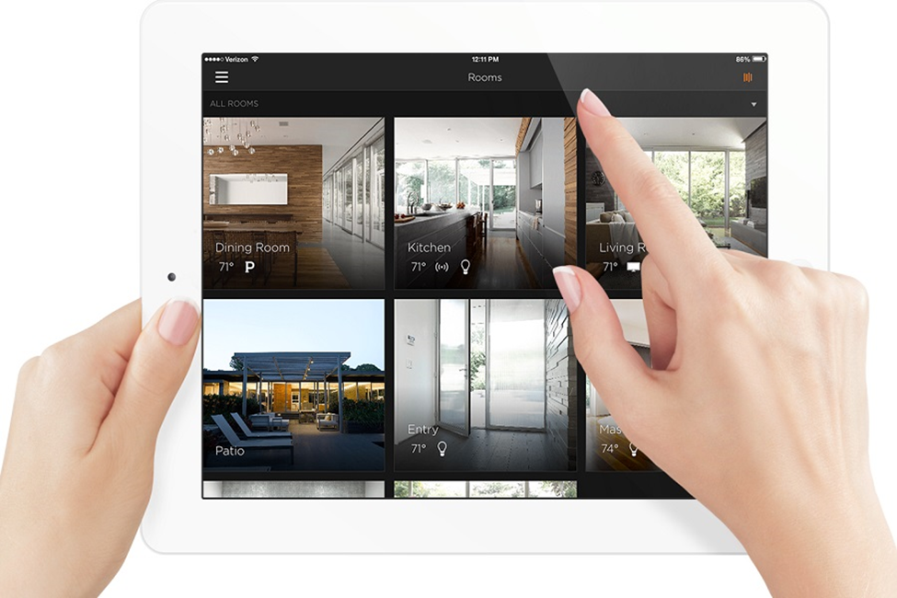Transforming your home into a smart home involves integrating various smart devices and technologies to enhance convenience, security, energy efficiency, and overall automation. Here’s a step-by-step guide to help you get started:
- Define Your Goals: Determine what you want to achieve with your smart home. Consider aspects like convenience, energy savings, security, entertainment, and more.
- Choose a Smart Home Hub: A smart home hub acts as a central control system for all your smart devices. It allows them to communicate with each other and can be controlled through a single app. Some popular options include Amazon Echo with Alexa, Google Home with Google Assistant, or Apple HomeKit with Siri.
- Create a Smart Home Network: Ensure your home has a stable Wi-Fi network that can support the number of devices you plan to install. Consider upgrading your router if necessary to handle the increased load.
- Start with Basic Devices: Begin with some essential smart devices that align with your goals. Common starting points include:
- Smart Speakers: They serve as the hub and allow voice control of other devices.
- Smart Bulbs and Lighting: Offers remote control and automation of lighting.
- Smart Plugs: Turn ordinary appliances into smart ones, allowing you to control them remotely.
- Smart Thermostats: Provide energy-efficient control of heating and cooling.
- Smart Security Cameras and Doorbells: Enhance home security with remote monitoring.
- Expand Your System: Gradually add more devices as you become comfortable with the technology. Some popular additions include:
- Smart Locks: Offer keyless entry and remote access control for your doors.
- Smart Appliances: Upgrade to smart refrigerators, ovens, or washing machines for added convenience and energy efficiency.
- Smart Entertainment: Incorporate smart TVs, streaming devices, and audio systems for a connected entertainment experience.
- Integrate Automation: Set up automation routines using your smart home hub or third-party apps. For example, you can create routines that turn off all lights and lock the doors when you leave the house.
- Consider Voice Assistants: Connect your smart home hub to a voice assistant like Amazon Alexa, Google Assistant, or Apple Siri for hands-free control of your devices.
- Prioritize Security: Secure your smart home network with strong passwords, regular firmware updates, and using two-factor authentication where available. Also, purchase devices from reputable manufacturers with a history of security updates.
- Ensure Compatibility: Check that the devices you choose are compatible with your chosen smart home hub. Many devices work with multiple systems, but it’s essential to confirm before purchasing.
- Learn and Experiment: Take the time to explore your smart home system’s features fully. Experiment with different routines and integrations to find what works best for you.
Remember that building a smart home can be an ongoing process. Start with the basics and gradually expand based on your needs and preferences. With proper planning and thoughtful integration, you can create a convenient, efficient, and secure smart home environment.

